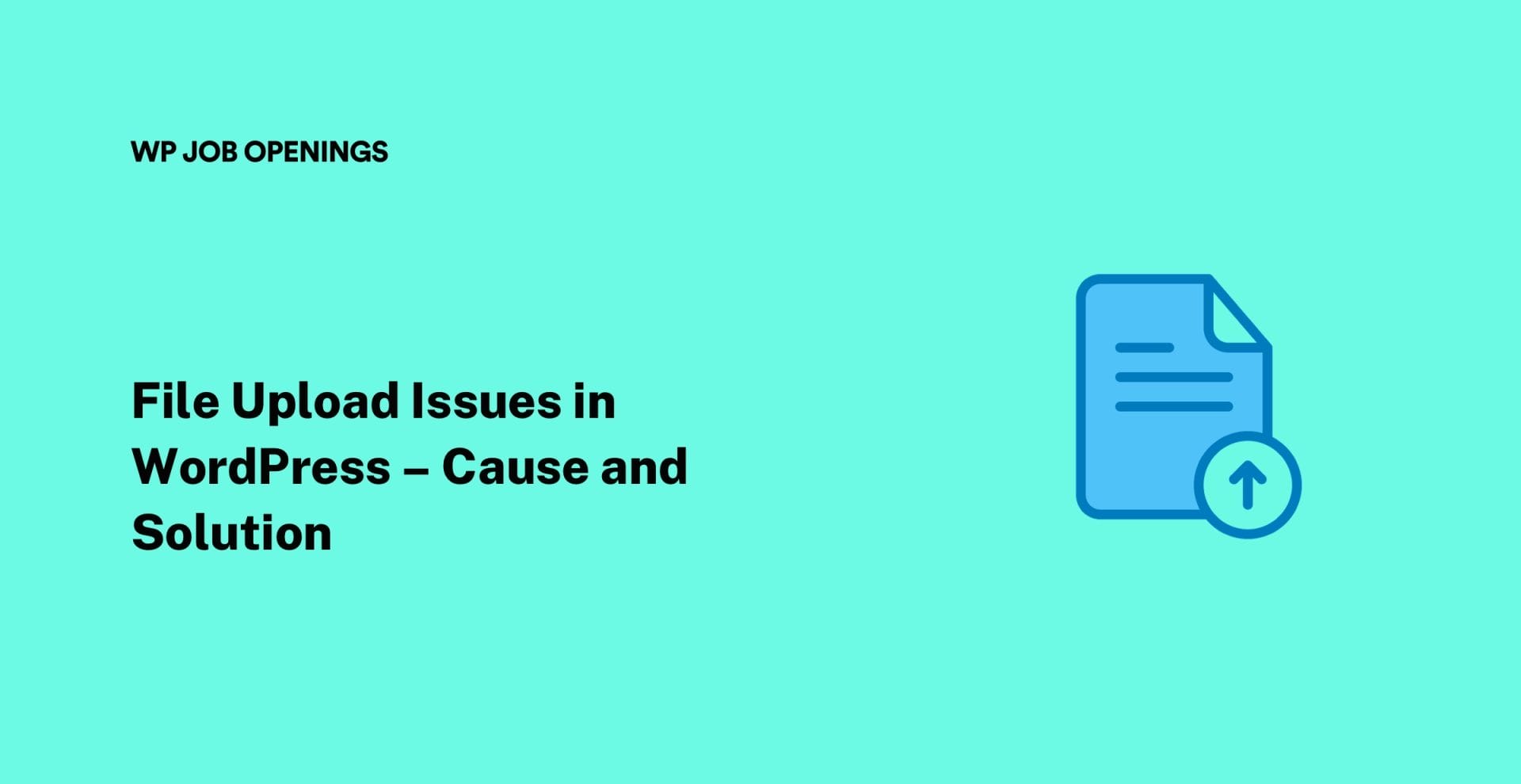Going through resumes, contacting multiple candidates, days pass by in the blink of an eye, and nothing to show at the end of the day. This is what a recruiter’s life will be during the hiring process and will continue until you find the right set of candidates. But how long will it take? Why is finding the right candidate taking longer than you expected?
If you are reading this, you are either going through such a scenario or have experienced this. Now, you want to ensure that you never go through this in the future. Reducing the time to hire is vital for an organization. The lesser time taken to find the right set of candidates, the better it is. The longer the time to hire, the greater its impact on your organization’s productivity and revenue.
We will explore what time to hire is, how crucial it can be, and also look at the top ways to reduce the hiring time.
What Exactly is Time to Hire?

Time to hire refers to the time frame calculated from the moment a candidate enters your talent pipeline to the day he/she accepts the job offer. In other words, it refers to the total days that were required for both the recruiters and the candidates to go over the various recruitment stages and in the end the candidate accepting the job offer. An even simpler definition is the time that was required by your HR team to hire the selected candidate.
The lower the time to hire, the more efficient your hiring process and your HR team are.
We can explain it with an example: You have an open position at your organization, and a candidate submits a successful application on September 1. The candidate accepts the job offer on September 18. So the total time taken to hire the candidate is 17 days.
Time to hire = day of offer acceptance – day of application submission
Time to hire is often confused with time to fill. But they are not the same. Time to fill is calculated from the moment the job posting goes live to its closure date which ends with the recruiter finding the right candidate. In all cases, the time to fill is longer than the time to hire.
How Important is it to Reduce the Time to Hire?
What matters the most is finding the candidate, right? Well, it is, but that’s not the whole picture. Getting the right candidate to join your team in the least time is also vital. Why? There are many reasons, one of them being, you are not the only organization to which they have applied. The more you delay the hiring process, the greater the chance of the applicant accepting an offer from a different organization. This in turn means you have to start the hunt for a new candidate all over again.
There are quite a few reasons why you should reduce the time to hire and they are
- The first reason why you want to reduce the time required for hiring is to make sure you don’t lose a candidate. As we have already discussed, the candidate has applied to multiple organizations in most cases as the ultimate goal of the candidate is to land a job as early as possible. If your hiring process is long and complicated, the competition has already bagged the best candidates.
- Tracking your time to hire can give you an accurate picture of how efficient your hiring process is. If it takes a lot of time to complete the recruitment process, you should start looking into your hiring process to understand where you can improve. Find at which stage you are losing time and see if any other factors play a part.
- The more time required to hire a candidate, the higher the expenditure. By expenditure we mean, the external job board pricing, paying for job ads on offline media, and so on. So, by reducing the hiring time, you can cut down the recruitment expenses by a good margin.
- With the failure to find the right candidate, what else is affected? The project schedule. With a lack of competent candidates, the pending work gets delayed and will affect the productivity of the organization to a great extent.
- Reducing the time required to complete the hiring process also affects the candidate experience, The shorter the time to hire, the better the candidate experience.
Top Ways to Reduce Your Time to Hire
Now that we have covered what time to hire is and how important it is, it’s time to look at how to reduce it. Various factors can contribute to reducing the time required to hire the right candidate and they are:
1. Establish a proper hiring plan

Without having a proper foundation and route map for the hiring process, all the other points that we are about to cover will not make any sense. If you are someone who says I’ll plan the process one step at a time, it’s a big no. You should have planned out the entire recruitment process before posting the job openings.
A rough outline would be like this:
Create a job description>Plan the different interview stages>Write a clear job Post>Post on external job boards and offline ads>Final offer
If you are someone who hasn’t planned out the journey now will be the time to create a proper map of the hiring process and make it structured. You should decide on the various interview stages, how many of them will be there, and the tasks that will be assigned to the candidates.
But if you are planning this after you contact the candidates or in the middle of the hiring process, it will only delay the process and also lead to a bad candidate experience.
2. Use precise job posts

The hiring process is interconnected as we all know. All the factors have to work together and one leads to the other. Once you have planned out how the hiring process is going to be, it’s time to make it official and attract the candidates.
Lack of information leads to a lack of clarity which in turn leads to minimum applications. This is what will happen if you use a job description instead of a job post. A well-written job post will give the candidates all the information they want to know and lead to more application submissions. If your job post is not well written to provide information and at the same time attract candidates, then the number of applications in your inbox will be much less which in turn leads to the hiring process being a long one.
So, write a job post that not only provides information but attracts candidates to your organization.
3. Keep your talent database and pipeline updated

Always keep a candidate database and a talent pipeline and keep updating it. All the candidates that applied at your organization and didn’t make the cut at that time, may fit the current openings. If that is the case having a database of potential candidates is helpful, as you can contact them directly. If you are lucky, some of them may be actively looking look for a new job and may be willing to make the transition to your organization thereby reducing the time to hire. If not they could always spread the news through referrals, which is an added advantage.
Filling the talent pipeline is a hard task, but considering the benefits it offers, it is something that all organizations should look into.
4. Perfect your careers page

We have stressed the importance of the careers page on multiple occasions. The careers page plays a crucial role when it comes to application submissions. The candidates will search for the careers page to dig out more information about your organization and what’s it like working at your place.
If the careers page isn’t optimized well enough to provide information, the ones that the candidates are looking for, then the number of applications you receive will be low. This in turn leads to the hiring process being stretched more than you want it to be.
5. Ease through the hiring process with a recruitment software

Once the applications start coming in, you realize a few things:
- How do you plan to contact all the candidates?
- How much time are you going to spend writing emails to let the candidates know of their application status?
- How are you going to track at which stage they are?
- How are you going to leave feedback for other recruiters to refer?
- How do you plan to rate candidates for quick reference?
- Can you quickly glance over their resumes?
You could do all these manually, but the time consumed here will be a lot. Thereby reducing your efficiency and greatly affecting the overall time required to complete the hiring process. With our recruitment plugin WPJob Openings, you can use our email templates to contact multiple candidates effortlessly, automatic email alerts to candidates on their application status changes, track and rate candidates, leave notes for other recruiters, and many more features.
With all the mundane tasks taken care of, you can focus on initiating the interview process as early as possible to seal the deal.
6. Create Precise Application forms

Not too short, and not too long. This should be your motto when it comes to creating the application forms. The lengthier the application forms get, the more the chances of candidates quitting halfway. Go with the required fields – the most important ones, and nothing else.
The goal is to receive applications, not to prevent them. All the other necessary details you want will be mentioned on their resumes. Upon viewing the resume, if more details are needed, you can always contact them.
7. Map out the Interview stages

This stage should’ve already been mapped out in the beginning, before making the job opening official. Establishing a proper pattern would help you in two ways:
- Avoid chaos
- Speed up the hiring process
Split your interview process into multiple stages. Start with the phone screening, assign tasks to the candidates, and then to the final interview. You should have already created a task list to be assigned to the candidates. If you decide to create one after you review the applications, it will only result in the hiring process being delayed as you spend time researching the task, determining the difficulty level, and so on.
The goal should be to have everything prepared beforehand so that the interview stage moves without much delay. An even more important point to focus on is to make sure that there isn’t a huge time gap between one interview stage to the next and always keep the candidates in the loop. Yes, with multiple candidates, it can get overwhelming, but with proper preparation, it is possible to bring down the time gap between each stage.
8. Get the hiring team involved

Get the entire recruitment team onboard and work together. The more help you get, the better workflow control you have. With the entire recruiting managers working together, screening candidates becomes much easier, thereby reducing the time needed to move to the next stage a lot less.
Wrapping Up
Reducing the time to hire is not very difficult. With a proper plan, it is possible to reduce the time needed to complete the hiring process. The lesser time needed to find the right candidate, the better it is.



